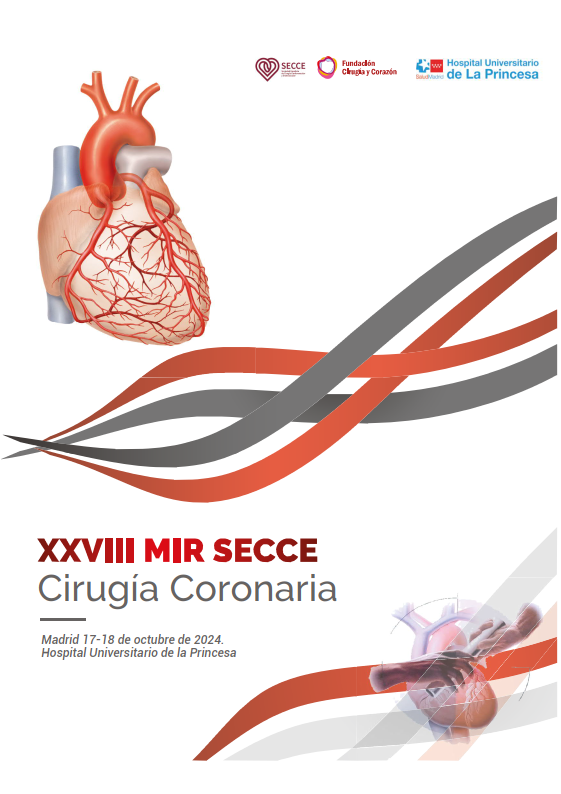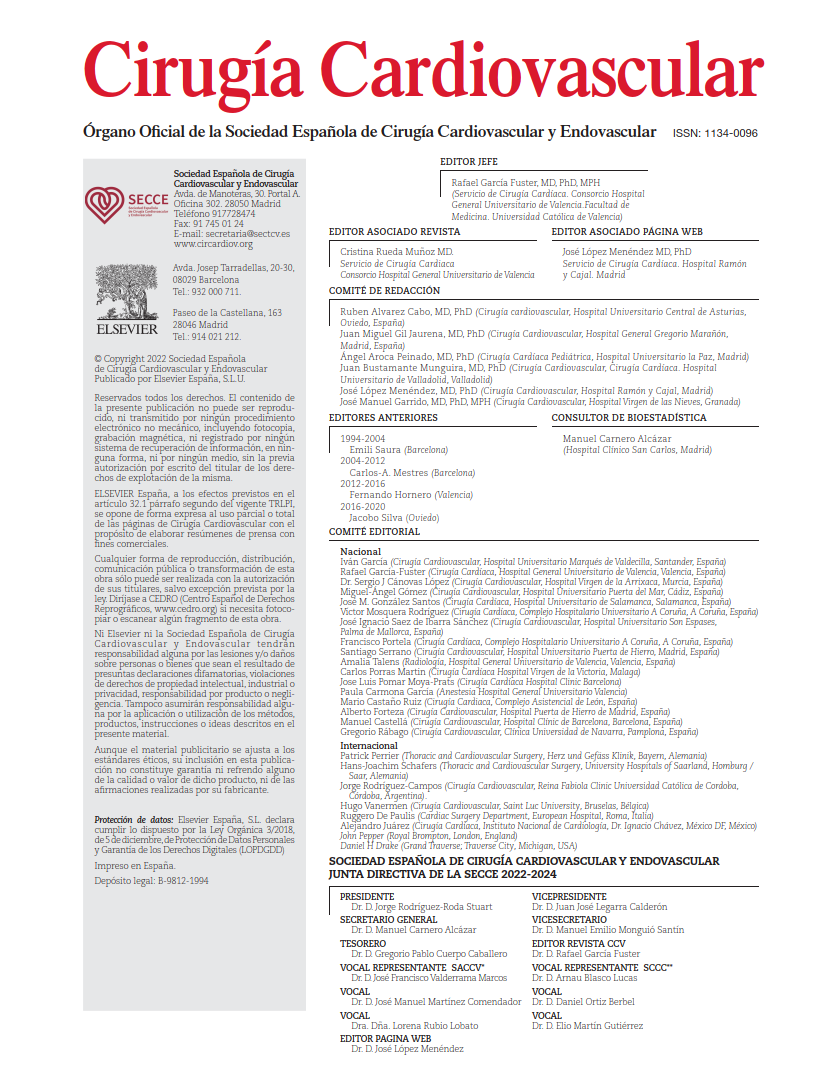Infective endocarditis (IE) in congenital heart disease (CHD) is a feared complication, ranking third among the most frequent complications after heart failure and arrhythmias. Given that the risk of developing this complication is 50 to 100 times higher than in the general population and that 97% of pediatric patients reach adulthood, the lifelong cumulative risk in these patients is significant. The patient profile is distinct, highly heterogeneous, and involves different lifestyles. It is reasonable to assume that the way they develop the disease, as well as its consequences and causative pathogens, also differs.
Today’s article explores a relevant topic, generating evidence on the distinct nature of this complication in CHD patients. The authors utilized the Danish national database to identify all IE cases from 1977 to 2021. Patients with CHD were distinguished, and their baseline characteristics and hospitalization data were analyzed. In-hospital mortality, 1-year mortality, 10-year mortality, and IE recurrences were recorded to enable comparisons.
During this period, 14,040 patients were diagnosed with IE, of whom 895 (6.4%) had CHD. CHD patients were younger (median age 38.8 vs. 70.7 years), had fewer comorbidities, and underwent surgical treatment more frequently during hospitalization (35.7% vs. 23%; p < .001). The majority of IE cases in CHD patients were under 18 years old (76%). When stratifying patients over 18 years into four groups (18-29, 30-49, 50-69, and >70 years), similar differences were observed. However, in patients under 18 years, no such differences were noted, as three out of four of these patients had CHD.
The most common surgery among CHD patients with IE involved the left-sided heart valves (42.6%), followed by right-sided valve surgery (14.4%). In contrast, in the general population, most procedures involved left-sided heart valves (72%), with right-sided valve surgeries being the least frequent (2%).
There was also a difference in the type of causative pathogen. Streptococcus was the most common in one-third of CHD cases, whereas Staphylococcus aureus was the most frequent in the general population, also in one-third of cases. CHD patients had lower in-hospital mortality (5.7% vs. 17%; p < .001), 1-year mortality (9.9% vs. 31.8%; p < .001), and 10-year mortality (23.5% vs. 66.2%; p < .001). The 10-year cumulative incidence of IE was similar in both groups, around 13.5%.
The authors concluded that IE in CHD patients presents distinct characteristics compared to the general population. Additionally, their short- and long-term prognosis is significantly better. In children and adolescents, the presence of IE should prompt suspicion of an underlying CHD.
COMMENTARY:
From this study on the epidemiology of IE, we can extract two key insights. First, IE in children and adolescents is frequently associated with CHD. Second, IE-related mortality is lower in adult CHD patients compared to the general population. However, considering the life expectancy of these patients, a 6% mortality rate in individuals with a median age of 38 years remains a concerning figure. Interestingly, the incidence of IE has increased over the years in non-CHD patients, whereas it has remained stable in CHD patients. Consequently, there has been a proportional decline in IE cases among CHD patients. Analyzing case distribution, CHD patients exhibit a more uniform incidence across age groups, whereas in the general population, incidence increases with age. Despite these comparisons, CHD patients are younger, have fewer comorbidities, are closely monitored, are aware of their risk of developing this complication, receive more preventive measures, and have a lower threshold for surgical intervention. All these factors contribute to their lower mortality rate compared to the general population.
Despite being the most extensive publication on IE, covering a 42-year period with minimal data loss, caution is required when interpreting and extrapolating its findings. The reliability of coding in registry data must be considered. Notably, 20% of CHD patients with IE were classified as having atrial septal defects—a condition that does not inherently predispose to IE and is likely an incidental diagnosis. Additionally, limited clinical data are available regarding the specific location of IE, symptoms, antibiotic therapy, and imaging studies.
Despite these limitations, the study remains highly valuable. It raises questions about which microorganisms should be empirically covered or whether broader prophylactic antibiotic strategies should be considered. The likelihood of developing IE was higher in patients with intermediate-risk CHD than in those with high-risk CHD. Should antibiotic prophylaxis be recommended for intermediate-risk patients undergoing invasive procedures?
Much has been written about the history of CHD patients, but the future of our patients is shaped by the decisions we make today. Studies like this reaffirm that CHD patients cannot be managed in the same way as the general population. They provide guidance for refining the care of this highly heterogeneous group.
REFERENCE:
Havers-Borgersen E, Østergaard L, Holgersson CK, Stahl A, Schmidt MR, Smerup M, et al. Infective endocarditis with or without congenital heart disease: clinical features and outcomes. Eur Heart J. 2024 Nov 21;45(44):4704-4715. doi: 10.1093/eurheartj/ehae548.



